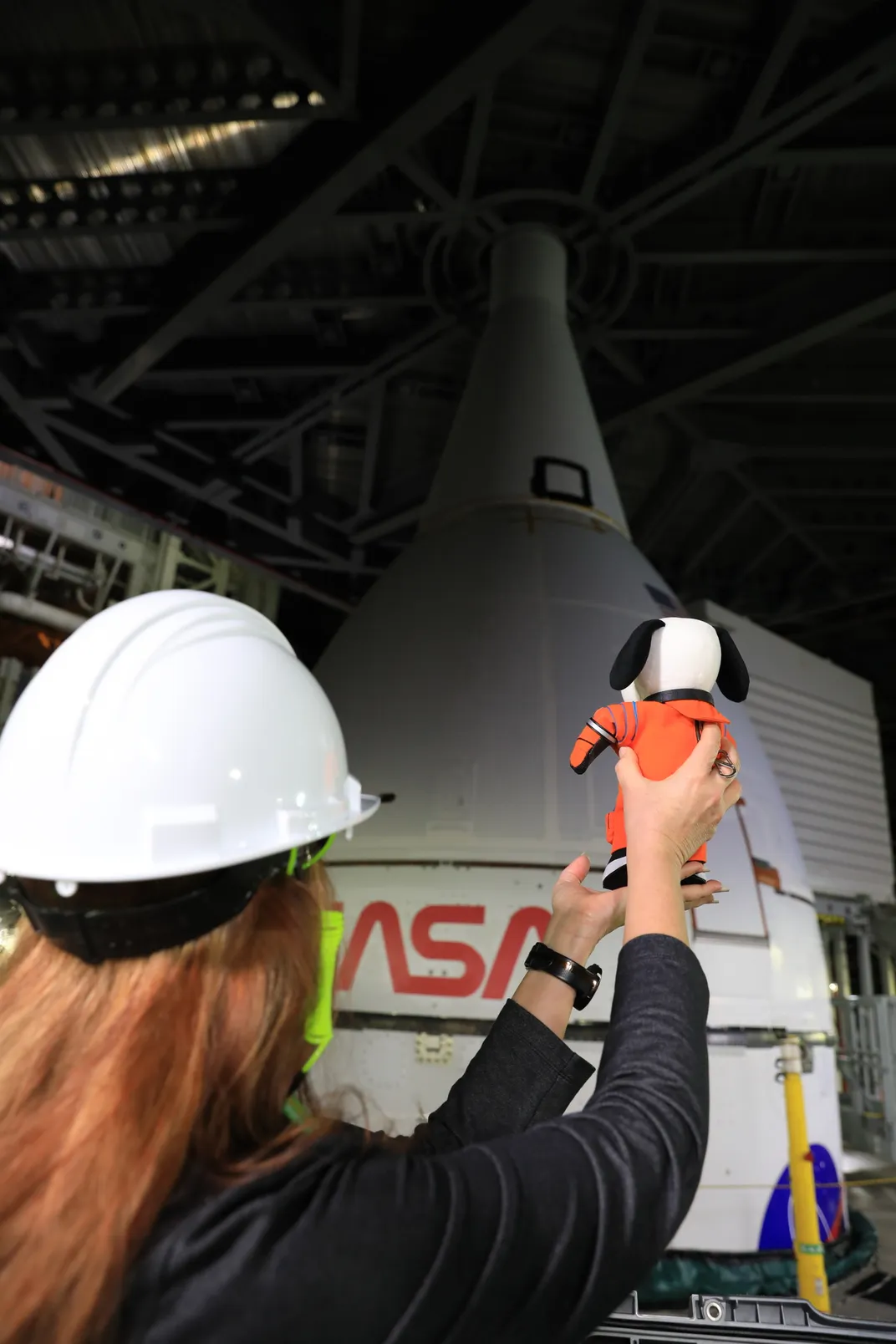Five Things On Board NASA’s Artemis I Mission
Although the Artemis I mission doesn’t have any astronauts riding along, there are other items on board to commemorate the occasion and conduct research.
/https://tf-cmsv2-smithsonianmag-media.s3.amazonaws.com/filer_public/12/07/1207c39a-145c-4f3b-ba40-7b29ba832ead/art001e000192_callistoorig.jpg)
The Artemis I mission, which lauched from Kennedy Space Center on Wednesday, November 16, at 1:47 am ET, is an uncrewed test flight of NASA’s new Moon rocket – the Space Launch System, aka SLS – and the Orion crew capsule that will take Artemis astronauts to the Moon and back starting with Artemis II.
Although this mission won’t have any astronauts riding along, there are other items on board to commemorate the occasion and conduct research to further the Artemis program and other projects being worked on at NASA and other research institutions around the world. Read on for five things hitching a ride on the Artemis I mission.
1. Mannequins
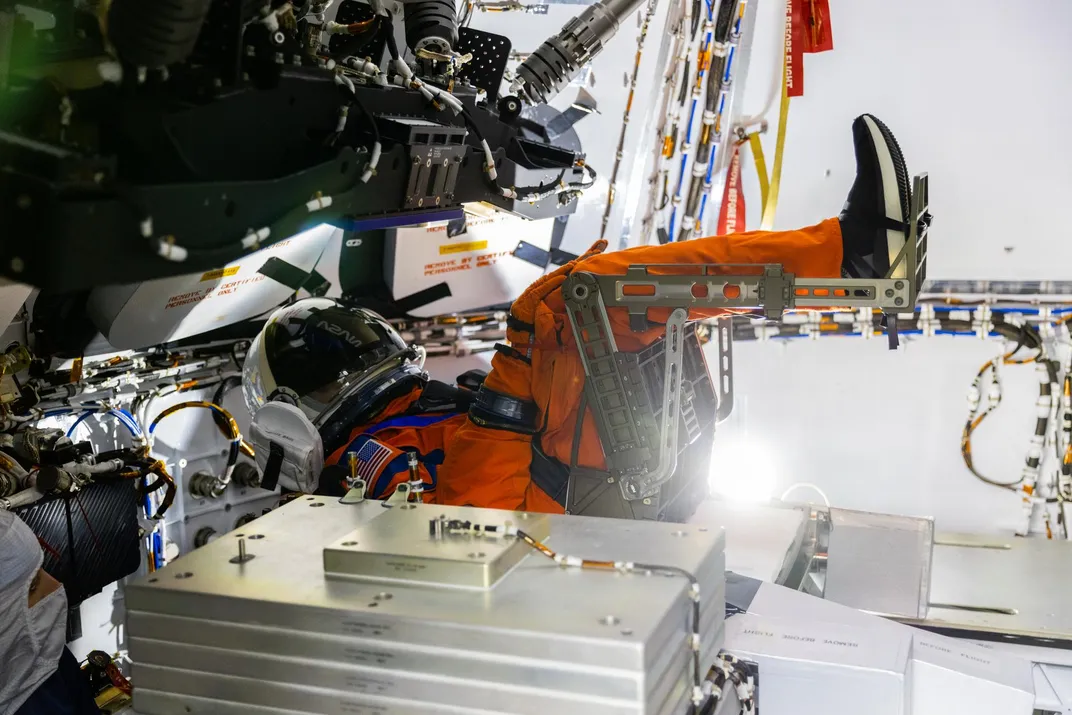
The next Artemis mission will have astronauts on board, so an important part of Artemis I is learning about what the trip into space will be like for future crews. On board the Orion spacecraft is a full mannequin (nicknamed Moonikin by public vote) featuring two radiation sensors and wearing a first-generation Orion Crew Survival System spacesuit. The seat the mannequin will be in also has sensors (under the headrest and behind the seat) to record acceleration and vibration during the mission.
Also on board are two “phantom torsos," mannequins with just a torso and head – no arms or legs – seated in two of the other seats on Orion as part of the Matroshka AstroRad Radiation Experiment (MARE). These phantom torsos are named Helga and Zohar and will be use to measure the amount of space radiation astronauts may experience inside the spacecraft during missions to the Moon. They will be wearing a radiation-shielding vest called AstroRad and the experiment will evaluate the vest’s impact in reducing exposure to radiation.
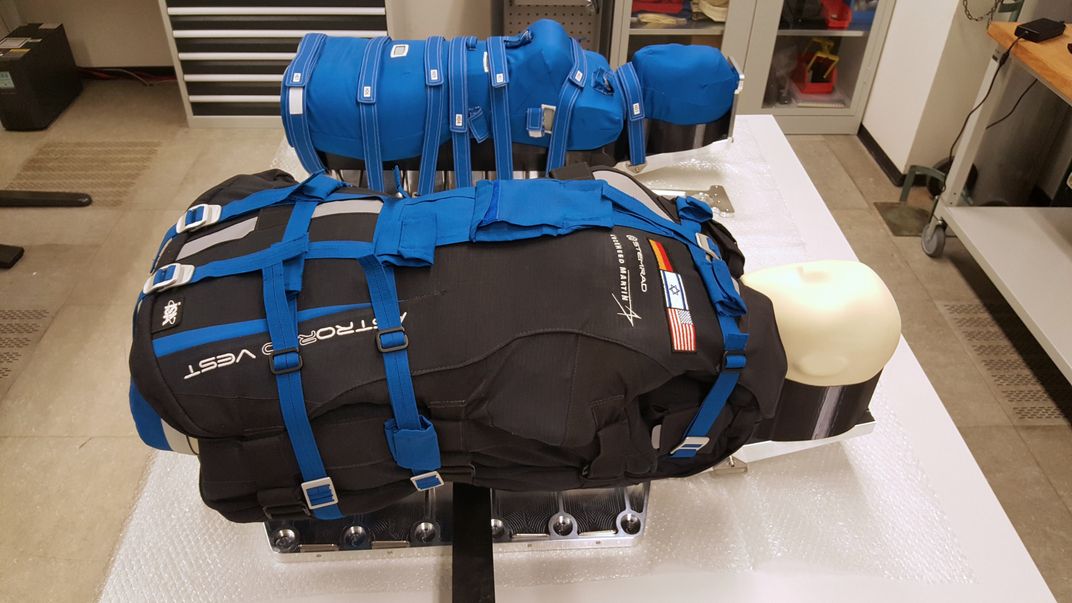
2. Items from the National Air and Space Museum Collection
We are excited to have a number of small artifacts from the National Air and Space Museum collection flying on the Artemis I mission in the Official Flight Kit (OFK), a small package of commemorative items. By necessity, the items flown in the OFK have to be small and lightweight and the selection of items proposed by the Museum and approved by NASA reflects these criteria:
- A bolt from one of the Apollo 11 F-1 engines, recovered from the ocean floor a decade ago
- An Apollo 8 commemorative coin, made in part with metal from the Apollo 8 mission
- A commercial mission patch from the Apollo 17 mission, purchased at Kennedy Space Center in the 1970s
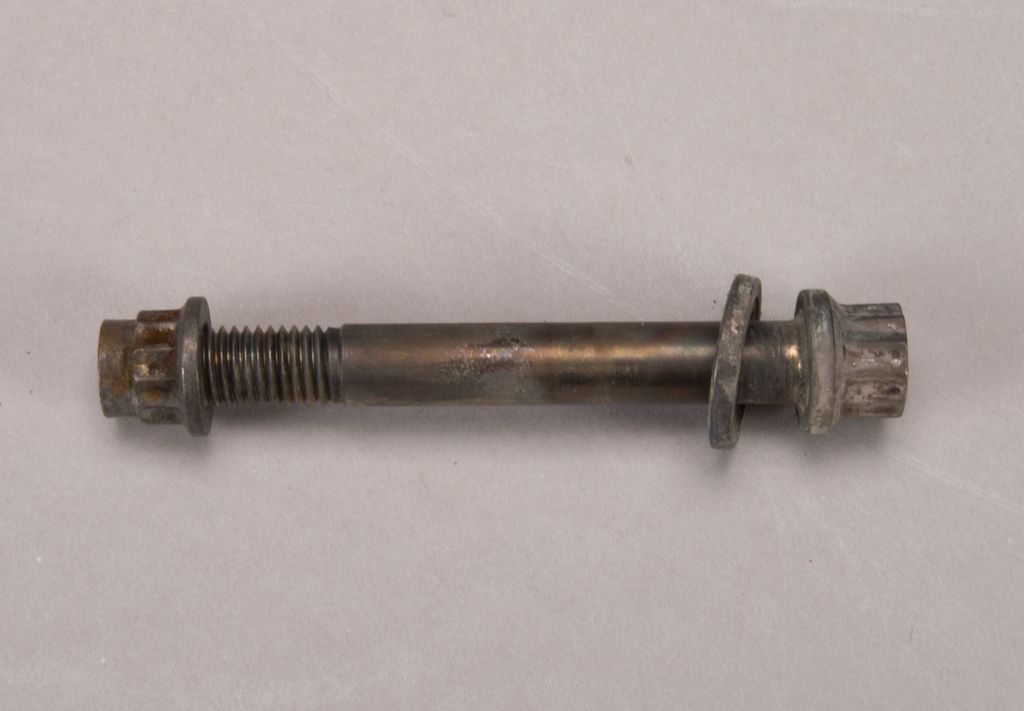
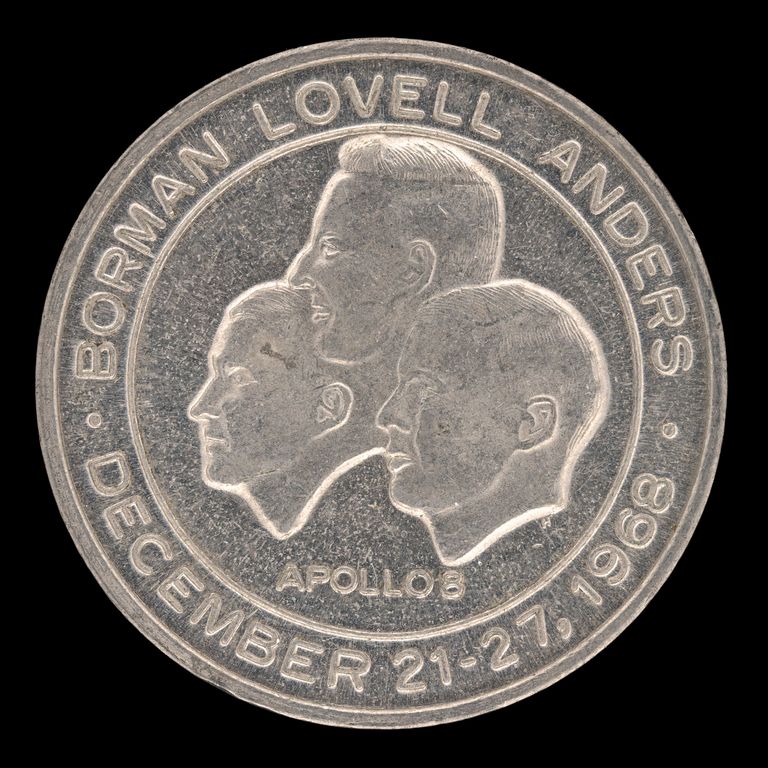
These items allow us to connect the history of the Apollo program with the future of lunar exploration.
3. CubeSats
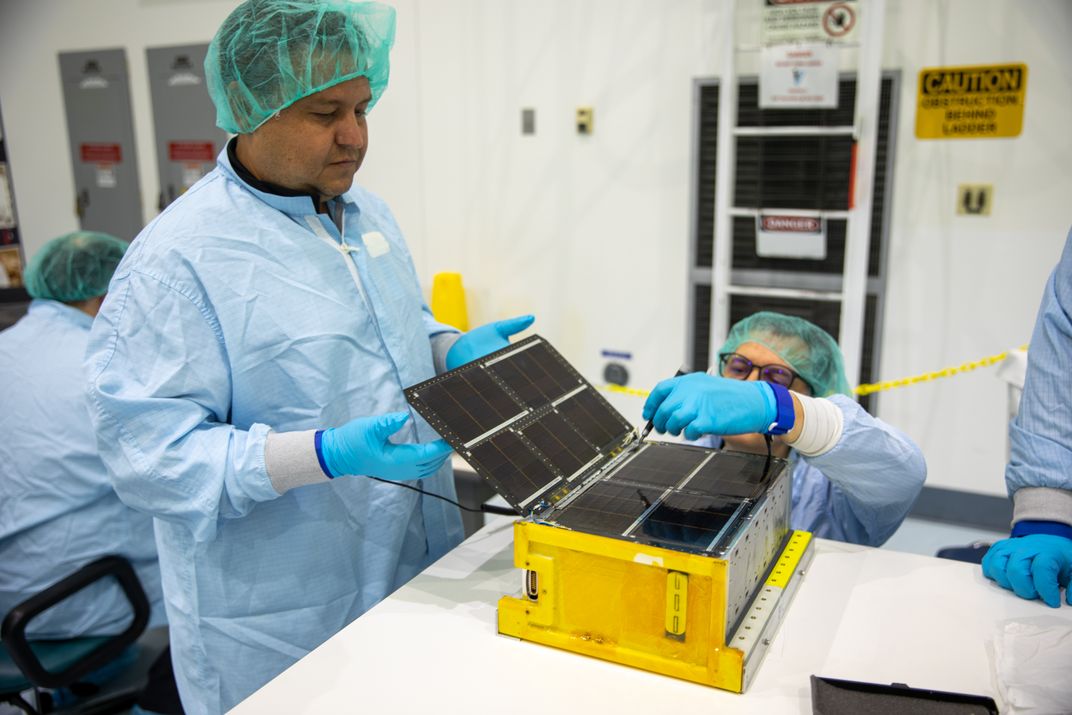
NASA is using this opportunity to conduct additional science using small shoebox-sized satellites called CubeSats. According to NASA, "in addition to their efficiency, low cost and compatibility with larger payloads, CubeSats also offer opportunities for increased science return and operational support of larger missions.” The 10 CubeSats on board Artemis I, developed by spaceflight centers and universities around the world, will be conducting science focused on the Moon, the Sun, Earth, and more. Among them are:
- Lunar IceCube – This CubeSat developed by Morehead State University in Kentucky will search for water in all forms with an infrared spectrometer during a seven-hour orbit around the Moon.
- NEA Scout – This CubeSat from the Marshall Space Flight Center will travel by solar sail (unfurled to 925 square feet) to a near-Earth asteroid (NEA) and take pictures of it to to determine its physical properties help (shape/volume, rotational properties, debris/dust field, and regolith characteristics).
- CuSP – This CubeSat from the Southwest Research Institute will be carried out of Earth's atmosphere by the Artemis I mission and will orbit the Sun after its release. CuSP (CubeSat to study Solar Particles) will study radiation from the Sun, solar winds, and other solar events.
Learn more about the CubeSats on board from NASA.
4. Tree Seeds
NASA’s Office of STEM Engagement’s Next Gen STEM project and the USDA Forest Service are partnering to send a thousand tree seeds on the Artemis I mission. If this sounds familiar, you’re right: this project builds on the legacy of Apollo’s Moon Trees, trees planted around the country from seeds flown on the Apollo 14 mission.
The Artemis Moon Trees will feature five difference species of tree seeds: Loblolly Pine, American Sycamore, Sweetgum, Giant Sequoia, and Douglas Fir. Once back on Earth, the Forest Service will germinate the seeds and begin the process of growing the next generation of Moon Trees.
Learn more about Moon Trees in a recent episode of the AirSpace podcast.
5. Snoopy Zero G Indicator
